Whether it’s a fire, a natural disaster, human error or cyberattack, it is important to respond to a disaster in the best way possible. Every hour of downtime is crucial to the recovery of a business. Business continuity plans exist to help get the business up and running as soon as possible after a disaster.
Part of a business continuity plan is the disaster recovery (DR) plan. A disaster recovery plan contains the IT portion of the recovery. These days, so much of what keeps any business going is the data contained on computer hard drives, servers, and/or data centers. This could be your financial records, work orders, client contact lists and files, employee records and more. If a disaster occurs, having data backed up is crucial in order to recover as much of it as you can.
SMB’s are dramatically impacted by data loss and protecting data is an important part of running a business. Any unplanned event can cause an enormous amount of stress on a small business and result in a lot of lost revenue. “Disasters” can exist in the form of a cyber attack, natural disaster, human error, equipment failure or any other event where the business will suffer a loss. Cyberattacks could be the most common of these disasters. Among small businesses, the annual average loss as a result of cyberattacks is estimated to be $79,841.
90% of ransomware and cyberattacks start with an email.
Many SMB’s think that there is very little possibility that they could ever become a victim of cybercrime. But, according to a study by the Better Business Bureau, nearly one in four businesses with 250 employees or less have reported being victims of a cyberattack. Security experts, ITS included, warn businesses that 90% of ransomware and cyberattacks start with an email. Small businesses often have less secure email services, networks, and staff and are very attractive targets for criminals. This statistic is rather significant which is why it’s important to take precautions against this threat.
Keep Data Safe Off-Site
In case of a disaster in the form of a cyberattack or natural were to occur, it is important to have data backed up off-site. If all or a significant amount of data is stolen or lost, you have an untouched back up of that data in an off-site location.
Data Centers are a great option for off-site storage of data. These secure facilities offer physical protection like secure entry and multi-level security. At the ITS Iowa Data Center, data is stored and monitored by our physical security procedures and remote monitoring tools. Our staff supports and monitors server environment 24x7x365. Our facility features three levels of security access including a biometric challenge and campus-wide video surveillance to provide top-notch security for data.
Our most common file recovery request is for accidentally deleted files – human error!
Our most-common backup software is an easy-to-install client, and only replicates the files/folders of your choice to keep costs down. We also offer bare-metal backups for servers and larger computing environments.
Other ways to protect company data
Besides antivirus and anti-spyware software, there are many other kinds of devices and procedures to protect company data.
- Use a Next-Gen firewall with advanced threat capabilities that reads and detects threats for anything new going into the network.
- Make sure to always install software updates for your operating system as soon as they become available. Most of the time, these updates will contain patches for known security issues.
- Make copies of essential business data to store as backups.
- If you use any Cloud or hosted services, find out what their backup policy is for your data. Do they have a backup of your data somewhere? What is the retention policy?
- Hide your Wi-Fi network and make sure it is secure.
- Individual user accounts (no shared accounts!) should be kept for every employee and passwords should be changed regularly.
- If you have a file server or cloud file storage, access to company data should be limited for employees based on their position and what data they need access to.
Reach out to our sales team or your account manager to learn more about developing your disaster recovery plan!
